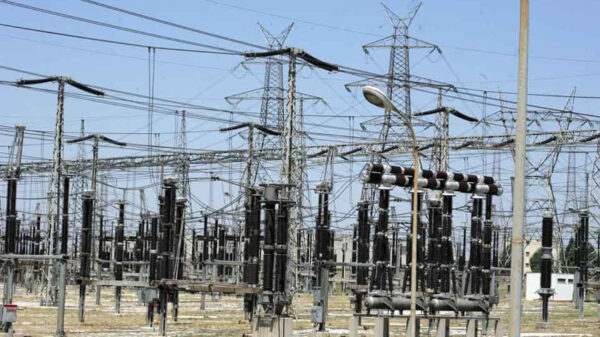In 2020, approximately 4.5% of the EU’s total employment, an estimated 9.4 million people, worked within the agriculture, forestry, and fishing sector. The vast majority, or 4.2% of total employment, worked in agriculture.
The agriculture, forestry and fishing sector continues to be a significant source of employment, particularly in eastern and southern EU countries. Looking at the NUTS 3 regional data, Romania’s Vaslui (61.7%) and Neamţ (51.4%) regions reported the highest employment rates in this sector. Furthermore, 114 regions had over 16.5% of their workforce employed in agriculture, forestry, and fishing, with concentrations in Bulgaria, Greece, Poland, Portugal and Romania.
Toward the lower end of the range, 137 regions in 2020 had less than 0.5% of their workforce employed in agriculture, forestry, and fishing.
In absolute numbers, the regions with the highest employment in agriculture, forestry, and fishing were predominantly located in Romania, with 8 out of the top 10 regions. The region of Iaşi in Romania had the highest count at 146 200 employees, followed by four other Romanian regions with over 100 000 employees each. Apart from the Romanian regions, only two other regions made it into the top 10 NUTS 3 regions with the highest employment figures in agriculture, forestry, and fishing: Sandomiersko jędrzejowski in southeast Poland and Almería in southern Spain.
Would you like to know more about the agricultural labour force?
You can read more about regional agricultural labour in the dedicated section of the Regions in Europe – 2023 interactive edition and in the Eurostat regional yearbook – 2023 edition, also available as a set of Statistics Explained articles. The corresponding maps in the Statistical Atlas provide a full-screen interactive map. Analysis on agricultural labour at the national and EU level is available in the Statistics Explained article on farmers and the agricultural labour force.
More information
- Thematic section on agriculture
- Database on agriculture
- Thematic section on regions and cities
- Database on regional statistics by NUTS classification
Methodological notes
- The formal count of employment based on the number of employees and self-employed persons may be considerably lower than the total number of agricultural workers (which may include family members of the holder, part-time and seasonal workers, or casual labour).
If you have any queries, please visit the contact page.






























